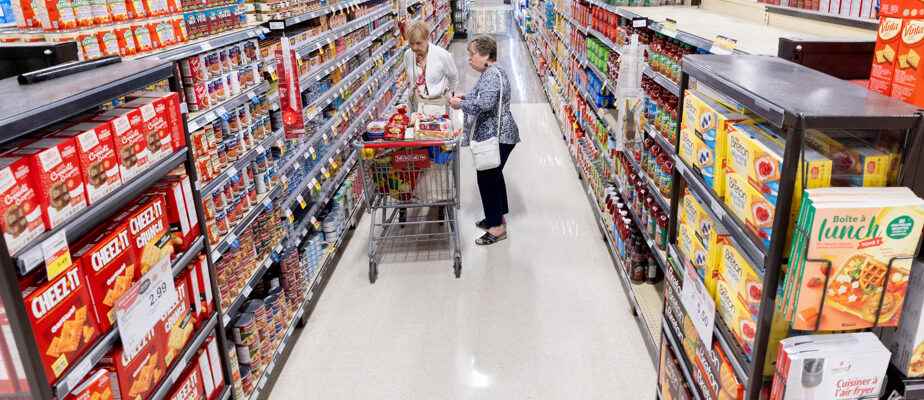(Ottawa) Retail sales rose 0.7% to $61.8 billion in August as gas prices edged down and e-commerce sales increased, but Statistics Canada sees consumer spending slowing in country. Explanations.
Updated yesterday at 1:29 p.m.
The federal agency’s preliminary estimate for September suggests that much of August’s gain could disappear in September data, giving way to a 0.5% pullback in retail sales.
Although Statistics Canada warned that this figure would be revised before the release of the final data, Andrew Grantham of CIBC’s economic research department saw it as a sign that “the Canadian consumer seems to be surviving, but no longer thriving”. .
Between high inflation and steadily rising interest rates, Canadians feel a pinch with every purchase. As Russia continues its war on Ukraine and pandemic-induced supply chain issues persist, many economists don’t believe consumer purchasing power will improve anytime soon.
“It’s no wonder consumers are increasingly cautious and have cut back on discretionary spending, such as dining out and entertainment, as monthly gains in bar and restaurant sales have waned over the past few years. summer months,” observed Ksenia Bushmeneva, of TD Economics, in a note to investors.
Overall, consumers will have to make tough choices in the months ahead, which heralds a significant decline in consumer spending in 2023.
Ksenia Bushmeneva, economist at TD
The predictions of Mr. Grantham and Mme Bushmeneva relied on Statistics Canada findings, which show retail sales in August rose in 6 of 11 subsectors surveyed by the agency.
Sales at food stores rose 2.4% in August, while those at sporting goods, hobby, music and book stores rose 5.0 %. Sales at motor vehicle and parts dealers rose 0.6%.
Gasoline sales go up
One of the most notable gains in the quarter came from e-commerce retail, where sales rose 5.7% on a seasonally adjusted basis in August.
On an unadjusted basis, they rose 8.1% year over year to 3.5 billion and accounted for 5.2% of total retail trade, unchanged from a year earlier. last.
Meanwhile, gas station sales fell 0.2% in August. Gasoline prices fell 9.6% on an unadjusted basis in August, mainly due to increased global production by oil-producing countries.
“Lower gas prices have put consumers in a better mood and have brought them back behind the wheel to enjoy the last days of summer,” observed Mr.me Bushmeneva.
She pointed out that gasoline sales at service stations rose 7% in volume, which was their first increase since April.
Core retail sales, which exclude sales from gasoline stations and motor vehicle dealers, rose 0.9%.
Expressed in volume, retail sales rose 1.1% in August, said Statistics Canada.
Shortly after the release of the retail sales data, the Conference Board of Canada released its Consumer Expenditure Index, which found that consumer spending growth remained relatively unchanged in September, as it edged down decreased to 95.8 points.
Even though the unemployment rate fell to 5.2% in September because fewer people were looking for work and inflation also slowed, the Conference Board estimated that further rate hikes interest seemed to be on the horizon.
“Many households, especially those with high debt, will feel the impact of these rate increases and will seek to spend less,” the research group said in a statement.
